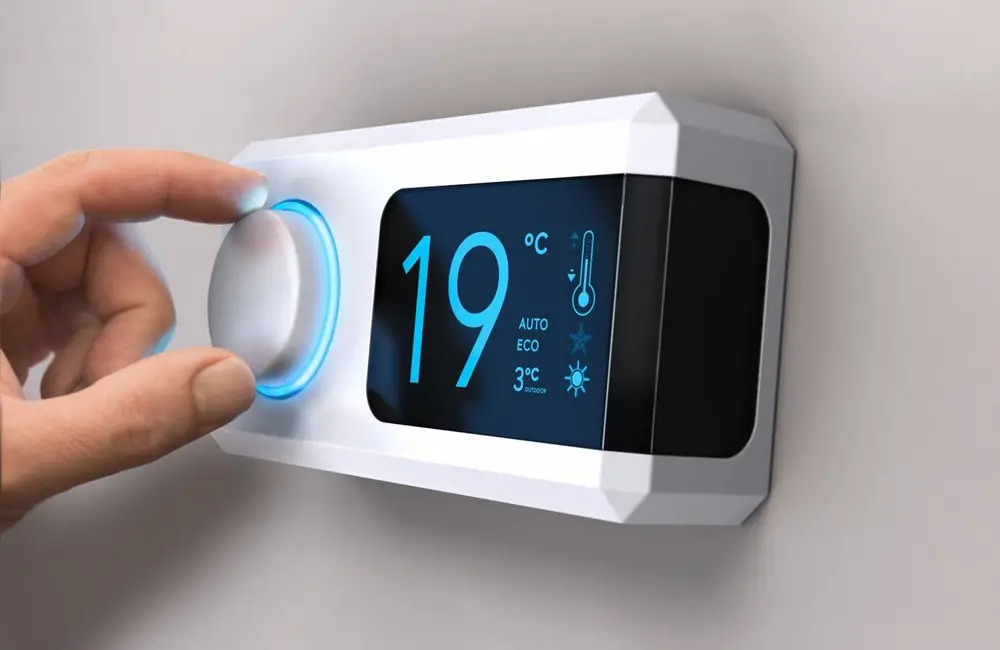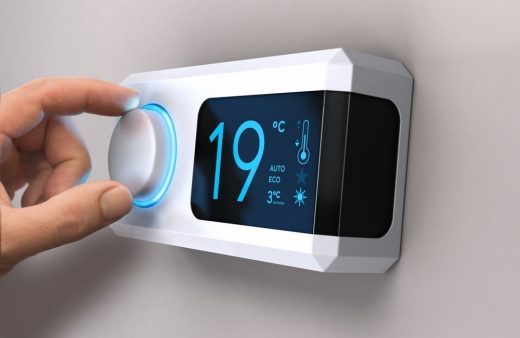Cold-proof your home for winter help, Heating Tips, Cold Weather Advice, Home Guide
Cold-proof your home for winter
Oct 5, 2020
Keep your home warm in winter
Preparing your home for the colder weather is something that everyone should think about at this time of year. As autumn gets fully underway and the debate as to whether or not you turn on the central heating or put on a warm jumper starts in earnest, making sure that your home is ready for the next six months can save you big money on heating bills.
Stylish solutions
Although there are plenty of purely functional ways to make sure your home stays warm without your energy consumption going through the roof in lost heat, there are also lots stylish solutions that can add character to your home’s interiors and exterior.
Windows are one of the main ways that heat escapes to the outside, so making sure that you have barriers to keep the warmth in, while not affecting ingress of natural light is something of a skill.
Double glazing is effective in this way, but most homes will also use some form of covering for windows. Thick, old-style bulky curtains might be good at keeping in the heat, but they aren’t to everyone’s tastes in terms of contemporary styling. Other ideas such as plantation shutters offer a much more modern look that also fits in with period detailing. What’s more, they are incredibly effective when it comes to heat and energy conservation.
Insulation
It’s a common assumption that homes without loft insulation can lose as much as 15% of energy heating costs because hot air rises and it literally goes right up through the roof!
With several different types of loft insulation to choose from, you can find the best solution to fit both your budget and your heat conservation needs. If you prefer spray foam insulation for your home, contact a reputable spray foam insulation Houston near you. From so-called ‘space blanket’ glass mineral wool products through to recycled fibre insulation materials, most of the popular types of loft insulation are placed between the joists and are not affected by water, mould or mildew.
Other types of insulation go into the cavities in the vertical walls of your home. However, they can mean slightly more disruptive building work than is involved in the simple laying of loft insulation.
Heating systems
Most homes in the UK today have central heating systems, a far cry from only a few decades ago when it was still relatively rare. With gas combi boilers now the most popular choice, the systems are relatively straightforward and easy to maintain.
However, many people still take a reactive approach and find out to their cost that it is expensive to fix a problem if one does occur. It is far better to make sure your boiler receives an annual service. That will check everything is safe and will also ensure that it is operating to maximum efficiency, thereby saving you money on gas utility bills.
Wood burning stoves have also made a big comeback in recent years, adding a traditional touch to heating your home while taking advantage of the latest technology to ensure optimal heating benefit.
Wood is also a carbon-neutral fuel as during the lifetime of the tree it comes from it has absorbed enough carbon to effectively offset that produced by burning, giving a net-zero carbon footprint.
Draughts
Anyone who has ever lived in a period property will know that drafts can be a problem. In fact, they are usually the result of the integral design principles of the buildings themselves.
Any home that was built around the idea of heating during winter months using an open chimney and fireplace needed to take into account a flow of air which allowed sufficient movement to draw smoke up and out of the top of the chimney.
Gaps between floorboards and air bricks in walls are just two of the ways that this was achieved, but obviously, these can be a negative feature when fireplaces are sealed, and modern home heating solutions are used.
Carpeting bare boards became the main solution, but in recent times the beauty of original wood flooring has come back into fashion and is appreciated much more. Sealing between boards with PVA and sawdust mix is the most common solution; however, it does need to be reapplied every few years to gain maximum benefit.
Likewise, original sash windows have come back into fashion for many period homes. The modern double glazed versions made from durable materials cut down on the loss of heat from the old draughty originals, meaning that their cost is usually far outweighed by subsequent savings on heating bills.
Comments on this Cold-proof your home for winter advice article are welcome.
Home Insulation
House Insulation Posts
Living and insulation under earth
What are best building designs in New Zealand
Benefits of External Wall Insulation
Buildings
Building Articles
Comments / photos for the Cold-proof your home for winter Guide page welcome



